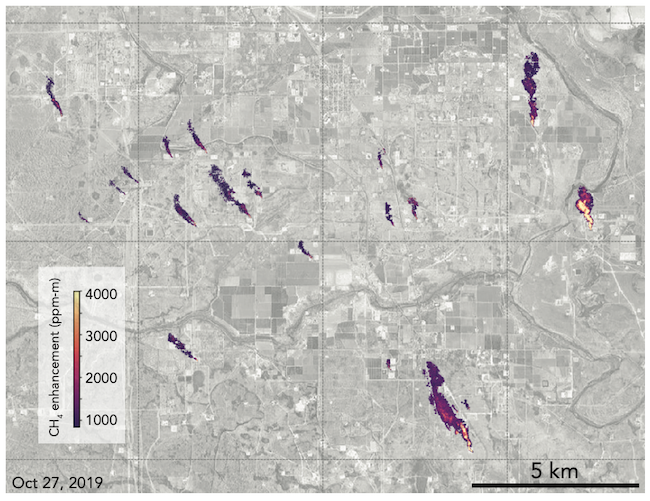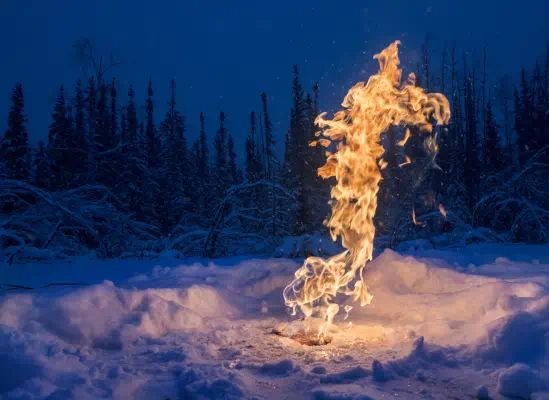Methane (CH4) which is the main component of natural or fossil gas is vastly more potent warming agent than CO2 over short time-frames. An estimate 375 million tons of this gas is emitted in a year.
Where does all of this methane come from?

Oil and gas systems, coal mines, landfills, and livestock are the major human-made sources. Scientists who study this gas report that small sources account for the vast majority of total emissions in the atmosphere.
Methane is a risk to public health. Large methane leaks — like the tons of methane recently escaped from China’s Shanxi Province — typically contain toxic pollutants, carcinogens, and poisonous gases like toluene, benzene, and hydrogen sulfide. This gas is also highly explosive. Workers, residents, and property are at stake whenever accidents occur.

Unfortunately, leaks happen all too frequently. Analysts estimate over 600,000 CH4 leaks a year from US pipelines alone. And the overriding risk from all these leaks is accelerated climate change.
As the climate dangerously warms, super pollutants like CH4, which is much more powerful at warming the planet than CO2, must be avoided.
If CO2 is envisioned as a single blanket wrapped around Earth, methane has the warming power of about 100 blankets over its 12-year lifetime before it is converted to smog and eventually carbon dioxide.

A new public-private-non-profit consortium, Carbon Mapper, is hunting for large CH4 plumes using aircraft and eventually new satellites. They plan to :-
- Persistently pinpoint, quantify and track strong methane and CO2 emissions at facility scale
- Offer a rapid CH4 leak detection service to facility operators and regulators
- Deliver independent data to help certify methane intensity for oil and gas supply chains
- Increase global accessibility, transparency and understanding of CH4 and CO2 data
- Work with key partners to advance new data-driven emission mitigation strategies
Reference- BBC, Carbon Mapper website, UNEP website, National Geographic






